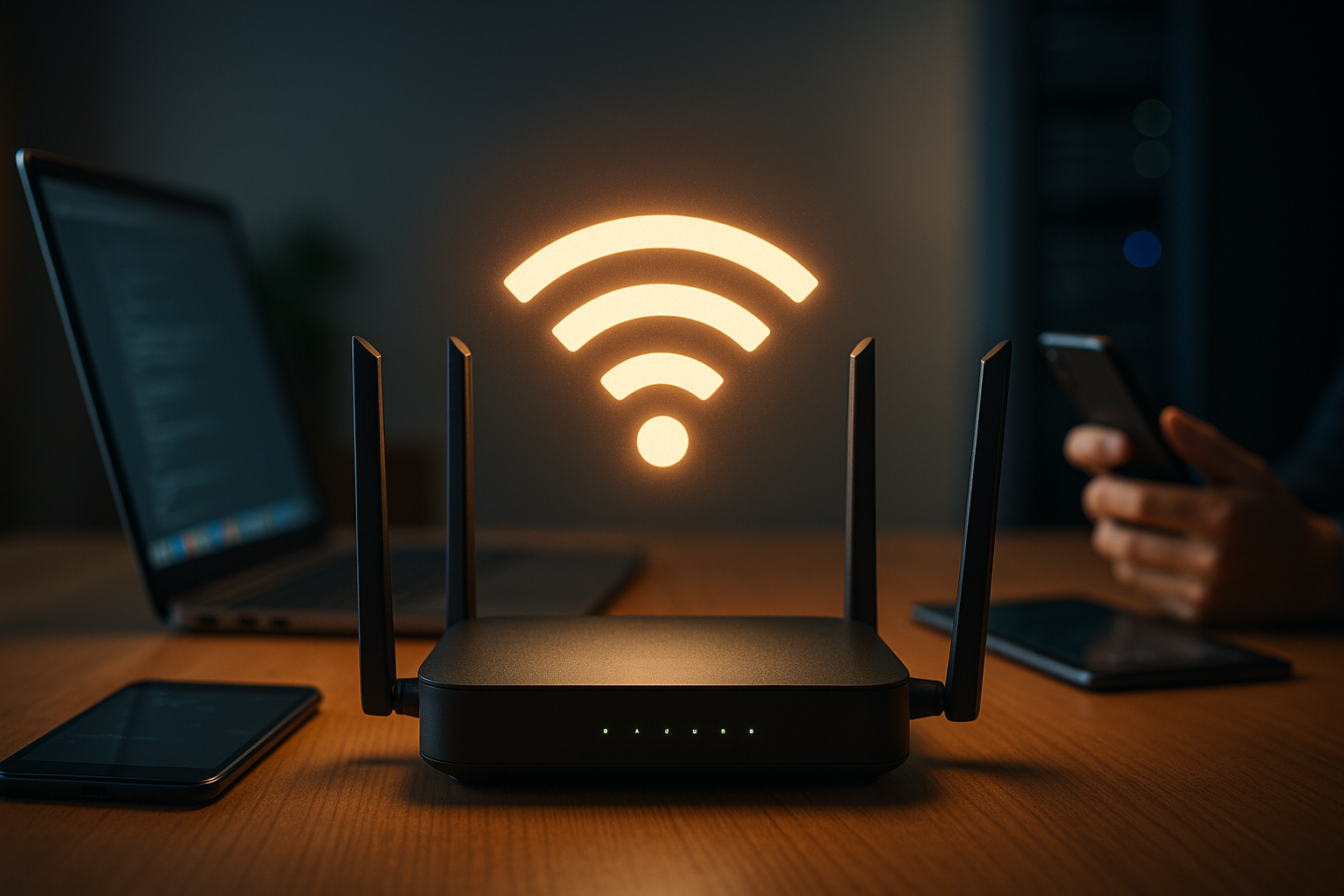Understanding the Potential of Wi-Fi 6: A New Era of Connectivity
The advent of Wi-Fi 6 has sparked discussions about a new era of connectivity. This state-of-the-art wireless technology is set to revolutionize our internet experiences, promising faster speeds, improved efficiency, and greater capacity. Let’s delve into the world of Wi-Fi 6, uncovering its origins, its potential impact, and the challenges it may face.

The Genesis of Wi-Fi 6
Wi-Fi 6, officially known as 802.11ax, is the latest generation of Wi-Fi technology. It was developed by the Institute of Electrical and Electronics Engineers (IEEE), and it represents a significant leap forward from the previous standard, Wi-Fi 5 (802.11ac). The most striking feature of Wi-Fi 6 is its ability to support a larger number of devices simultaneously, addressing the increasing demand for high-speed connectivity in today’s hyper-connected world.
Current Trends and Insights
Wi-Fi 6 is emerging at a time when the demand for seamless, high-speed connectivity is higher than ever. The proliferation of smart devices, remote work, and online entertainment is putting unprecedented pressure on existing Wi-Fi networks. Wi-Fi 6, with its improved capacity and efficiency, is poised to meet these demands. However, the transition to this new standard is not without its obstacles. For one, it requires significant investment in new hardware, which may be a deterrent for some users and businesses.
Impact and Applications of Wi-Fi 6
Wi-Fi 6 holds enormous potential for a wide range of applications. In the home, it will create a more responsive, efficient, and reliable network for the growing number of smart devices. In businesses and public spaces, it will support the rapidly increasing demand for high-speed internet, enabling better video conferencing, faster file transfers, and smoother streaming. For industries such as healthcare and manufacturing, Wi-Fi 6 could enable new applications that require real-time responses and high reliability.
Challenges Ahead
Despite its potential, Wi-Fi 6 also faces significant challenges. The most apparent is the need for new hardware, as existing devices will not fully benefit from Wi-Fi 6 without a compatible router. There is also a need for considerable infrastructure investment to ensure widespread availability. Moreover, while Wi-Fi 6 will significantly enhance Wi-Fi capacity, it is not a silver bullet for all connectivity issues. It will need to coexist and work in harmony with other networking technologies to provide the best possible user experience.
The Future of Connectivity
Wi-Fi 6 is more than just a new Wi-Fi standard. It represents a shift towards a more connected, efficient, and responsive internet experience. While it faces challenges in terms of adoption and infrastructure, its potential benefits are vast, touching every aspect of our digital lives. As we continue to rely more on digital connectivity, the development and deployment of Wi-Fi 6 will play a critical role in shaping the future of our digital world.
In the ever-evolving landscape of telecommunications and the internet, it is innovations like Wi-Fi 6 that continue to redefine our expectations and experiences. As we look forward, one thing is clear: our digital future will be exciting and packed with possibilities.





